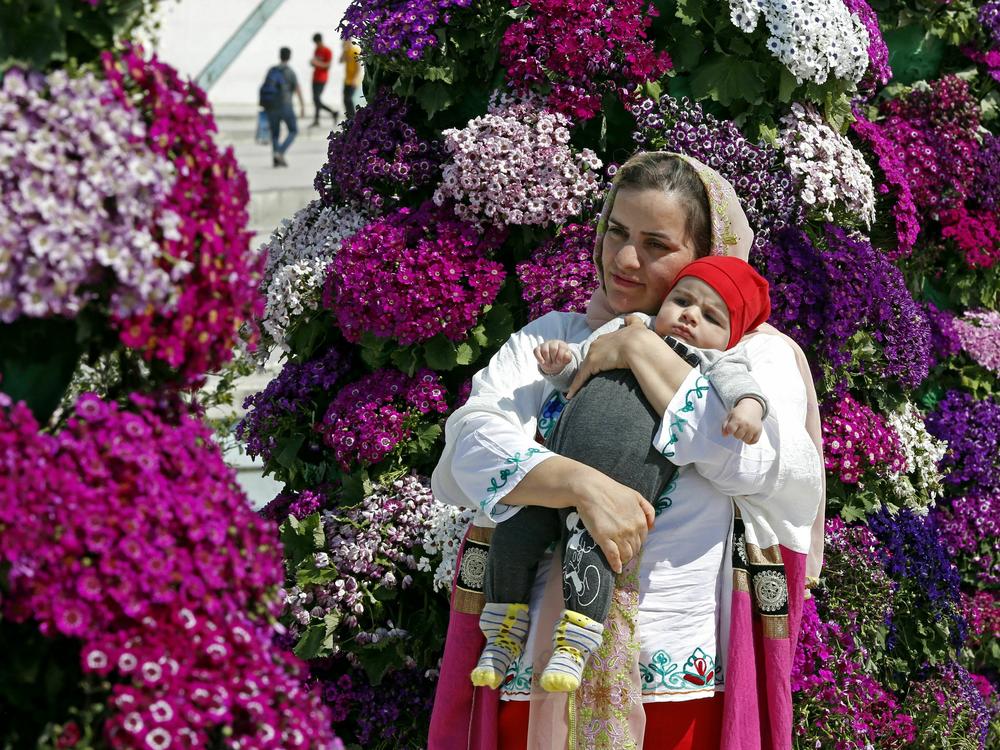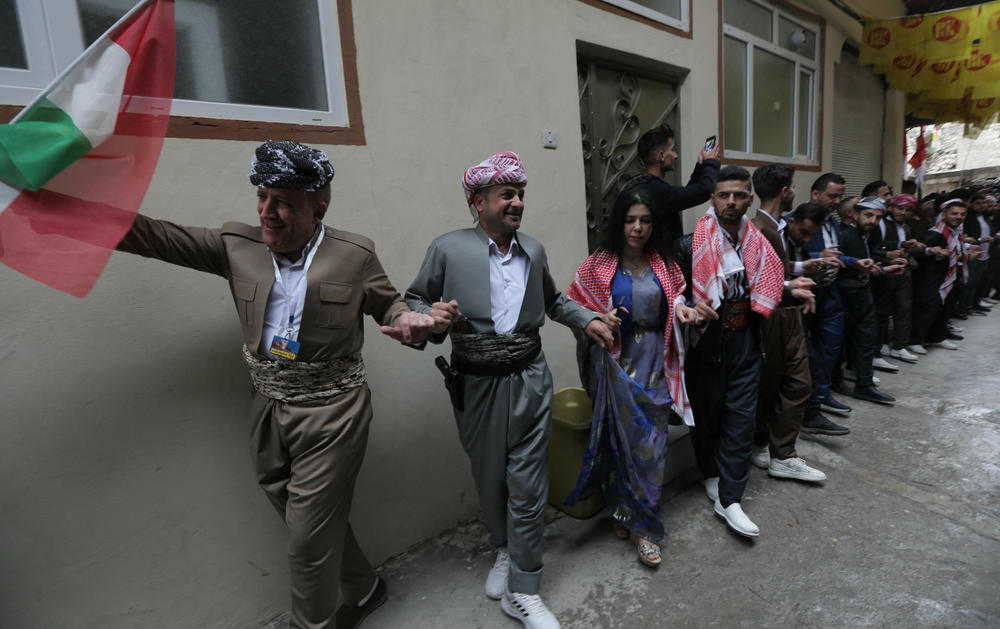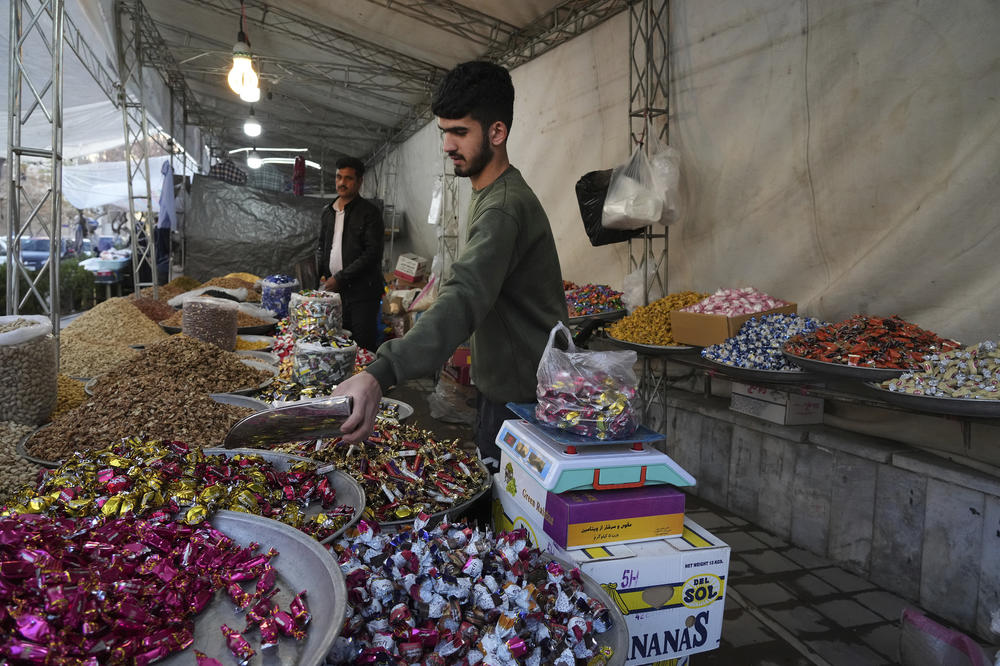Section Branding
Header Content
Celebrations are underway for Nowruz, Persian New Year, marking the start of spring
Primary Content
Monday marked the beginning of spring, and that means celebrations commemorating the centuries-old holiday of Nowruz are underway.
Commonly known as the Persian New Year, Nowruz translates to "new day" and symbolizes revival and renewal for its more than 300 million celebrants in modern-day Iran and beyond. Historically, the holiday has been observed in the Middle East and parts of Asia.
The roughly two-week festival typically includes food, dancing, singing and poetry.
This year, Nowruz will overlap with the Muslim holy month of Ramadan, when observers typically fast during daylight hours.
Nowruz is more than 3,000 years old
Though the exact origins of Nowruz are murky, the holiday's roots are ancient. Marking the new year using the vernal equinox — when the Sun moves above the Earth's equator — may have started as a Babylonian tradition.
But it's said that Nowruz has at least some of its beginnings in one of the world's oldest religions, Zoroastrianism, which has many of its contemporary adherents in Iran, India and North America.
Under Zoroastrian tradition, Nowruz marked the return of a spirit that had been banished underground during the colder winter months, according to UNESCO. The holiday may also be related to Jamshid, a Persian king of mythology.
The vernal equinox, which marks the start of Nowruz, occurs when the tilt of the Earth aligns with the Sun and presages the warmer months of spring and summer ahead for the Northern Hemisphere.
The tradition has evolved into a widely celebrated secular holiday
Nowruz later spread across the vibrant trade routes of the Silk Road, and along the way incorporated new "new social, religious and cultural influences," UNESCO said.
It's now celebrated by a wide array of ethnicities and religious groups in countries beyond Iran, including India, Afghanistan, Turkey and Pakistan.
Reza Goharzad, host of Politics Today on KIRN Radio in Los Angeles, told NPR that "resistance and solidarity" against oppressive governments have been hallmarks of Nowruz.
"When any kind of foreigners attacked Iran," Goharzad said, people still gathered for Nowruz.
Those celebrating the holiday may get together with family and feast, sing songs and dance as well as take part in the Nowruz custom of jumping over fire, a tradition that's meant to symbolically burn away negativity from the past year.
Iranians applauded Disney last week after the company aired a video of Mickey Mouse celebrating Nowruz by leaping over a paper fire and explaining the holiday table known as the haftseen.
It's the first Nowruz since protests erupted across Iran last year
Nowruz celebrations in Iran this year come as the country continues to grapple with widespread social and political unrest.
Outrage sparked by the death of Mahsa Amini in the custody of Iran's so-called morality police last year ballooned into widespread protests against the country's theocratic government. Though the demonstrations have slowed, anger toward Iran's political leaders has persisted.
Meanwhile Iran's economy is sputtering, causing prices for goods in the country to surge.
Soraya Batmanghelichi, an associate professor for the study of modern Iran at the University of Oslo in Norway, told NPR she had been asking people how they were celebrating Chaharshanbe Suri, the last Wednesday before Nowruz.
"In Tehran, those who went to the parks and put on music and danced, it's like if the government says not to do it, they fight back even more by dancing. But it's not a dancing of happiness. It's a dancing of, 'I'm going to stick it to you,'" Batmanghelichi said.
"It's like, 'I'm told to not show my hair, to wear hijab in a particular way. OK, I'm just going to wear my hair down.' But it's really not just about hijab. It's about how to survive the moment and do it in a way where one can control his or her fate," she added.
Copyright 2023 NPR. To see more, visit https://www.npr.org.



